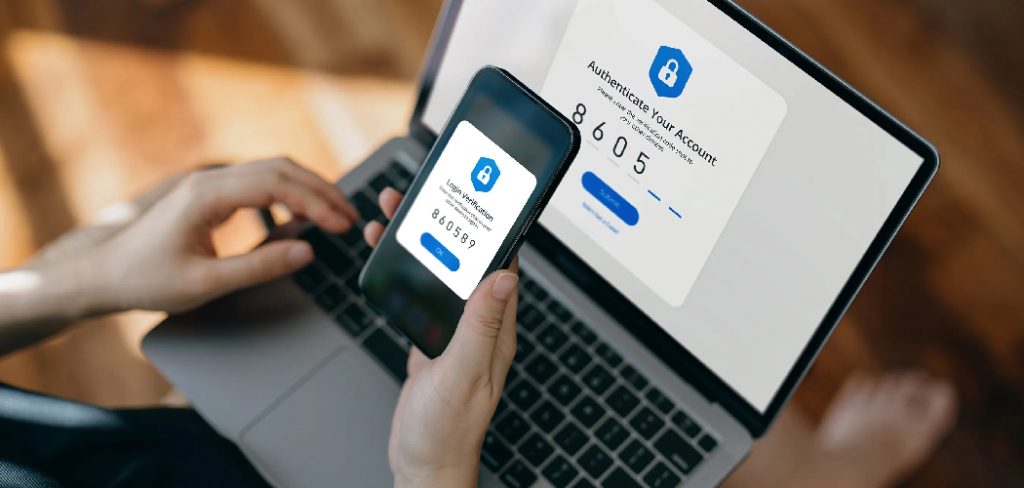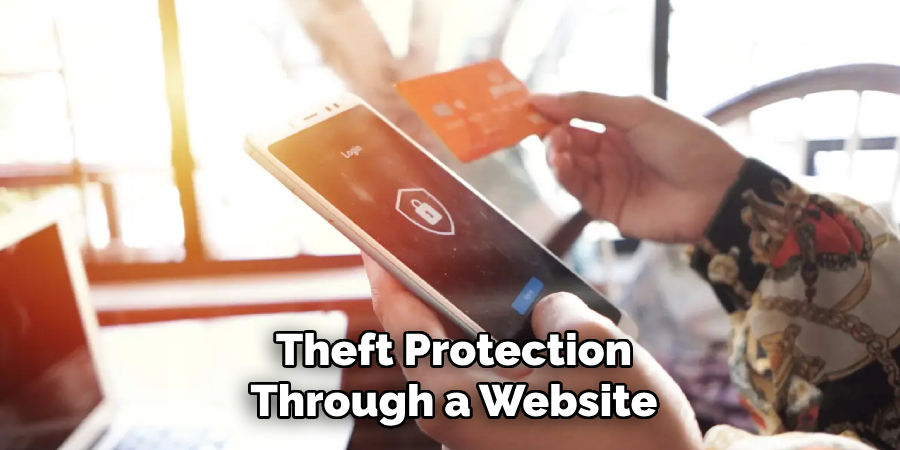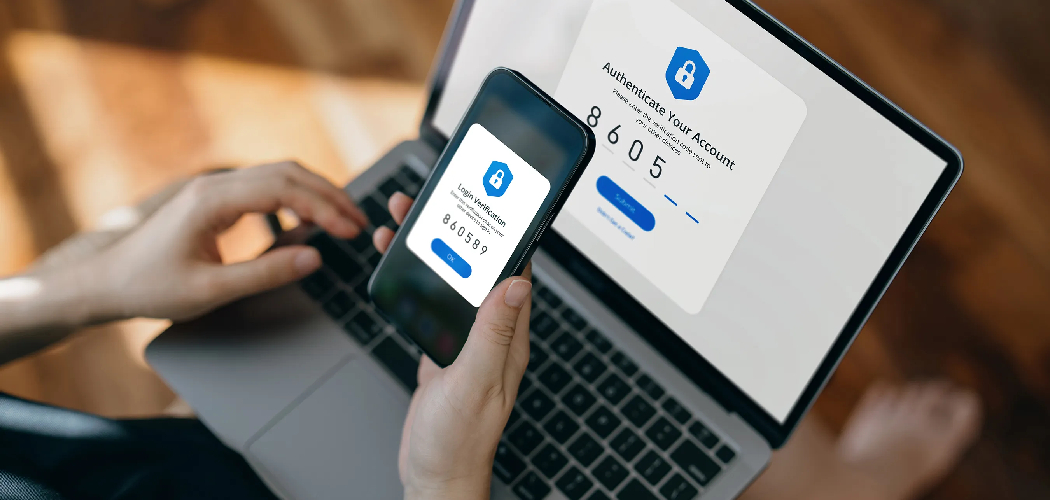Trilegiant Identity Theft Protection is a service designed to help safeguard your personal information against identity theft and fraud. It offers features such as credit monitoring, fraud detection, and protection alerts. However, there may come a time when you need to cancel your subscription. Whether it’s due to a change in circumstances or opting for another service, knowing how to effectively cancel your subscription can save both time and frustration. This guide will provide you with step-by-step instructions for how to cancel trilegiant identity theft protection.

Reasons for Cancelling Your Subscription
There are various reasons why you might consider cancelling your Trilegiant Identity Theft Protection subscription. One common reason is financial considerations; subscriptions can add up, and you may decide to cut costs by eliminating services you no longer find necessary. Additionally, you may have found a different identity theft protection service that better meets your needs, offering superior features or more competitive pricing.
Another possibility is a change in personal circumstances—perhaps you’ve simplified your finances, and identity theft protection is no longer a priority. Finally, some users may feel that they are not receiving sufficient value from the service, leading to dissatisfaction and the decision to cancel. Whatever the motivation, understanding your reasons helps clarify the decision and ensure that your financial and personal security priorities are properly aligned.
What is Trilegiant Identity Theft Protection?
Trilegiant Identity Theft Protection is a comprehensive service aimed at safeguarding individuals against the ever-evolving threat of identity theft. This service includes a range of features designed to monitor and protect personal information, such as continuous credit monitoring and alerts for suspicious activity. By keeping an eye on your credit reports and notifying you of any anomalies, Trilegiant helps ensure that potential fraudulent activity can be detected early.
Additionally, the service offers identity recovery assistance, providing expert support to help you resolve any issues should identity theft occur. With these protective measures, Trilegiant Identity Theft Protection endeavors to offer peace of mind and security in an increasingly digital world where personal information is constantly at risk.
10 Methods How to Cancel Trilegiant Identity Theft Protection
1. Review Your Subscription Agreement
The first step in cancelling any service is understanding the terms and conditions of the agreement you entered into. If you have signed up for Trilegiant’s Identity Theft Protection through a website or service like PrivacyGuard, you likely agreed to a specific contract duration, renewal terms, and cancellation policy. Look for these documents in your emails or account history to understand if there are any cancellation fees or requirements. This knowledge will help you prepare for any potential hurdles in the process and ensure that you won’t be surprised by extra costs or limitations.

2. Check for Automatic Renewal Clauses
Many subscription services, including Trilegiant Identity Theft Protection, are set to renew automatically, often without clear reminders. This can make it difficult to cancel if you miss the renewal window. In your subscription agreement, look for information about automatic renewal clauses and when your next renewal is scheduled. If the renewal date is close, you may want to cancel before the next billing cycle to avoid another charge. Keeping track of this will also help prevent frustration if you find that cancelling mid-cycle does not immediately stop the next billing.
3. Gather Your Account Information
Before you begin the cancellation process, ensure you have all your account information handy. This includes your subscription number, user ID, email address, and any other identifying details that the service may require. Having these details on hand can make the cancellation process much smoother, especially when contacting customer service. It also allows you to provide the necessary information quickly and efficiently, minimizing delays and avoiding unnecessary back-and-forth during the cancellation conversation.
4. Contact Trilegiant Customer Service
The primary method for cancelling your Trilegiant Identity Theft Protection subscription is by contacting their customer service team. Trilegiant typically does not offer a simple one-click cancellation option on its website, so you’ll need to speak with a representative directly. You can usually find their customer service number in your account information or subscription email. When calling, be clear and concise, informing the representative that you wish to cancel your subscription. Be prepared for the possibility that they may attempt to retain your business by offering discounts or alternative plans.

5. Request Written Confirmation of Cancellation
Once you have spoken with a customer service representative and initiated the cancellation, it’s crucial to request written confirmation of the cancellation. This could be in the form of an email or a letter, and it serves as proof that you have requested to terminate your subscription. Written confirmation will be helpful in case there are any billing disputes or if you find that the service hasn’t been cancelled as expected. Keep this document in your records for future reference, especially if any complications arise down the line.
6. Follow Up on Your Cancellation
After you’ve contacted customer service and received your confirmation, it’s important to follow up to ensure that the cancellation has been fully processed. Log into your account after a few days to verify that the service is no longer active. Alternatively, check your bank statements for any continued charges. If you notice that you are still being billed after cancelling, contact Trilegiant customer support again to resolve the issue promptly. A follow-up can prevent unnecessary charges and ensure that your cancellation was successfully processed.
7. Cancel Any Automatic Payments
If you’ve been paying for your Trilegiant subscription via automatic payments, make sure to cancel these through your payment provider as well. Whether you’ve used a credit card, debit card, or PayPal, you’ll need to stop the recurring payments to avoid further charges. For credit or debit card users, contact your bank or card issuer to block any future charges. If you’re using your PayPal, you can log into your account and cancel the automatic payment to Trilegiant through the “Payments” or “Billing Agreements” section. Ensuring this step is complete will guarantee that no more payments are processed, even if the service itself hasn’t been fully cancelled on Trilegiant’s side.

8. Ask About Any Refunds or Prorated Fees
If you’re cancelling your Trilegiant Identity Theft Protection service mid-billing cycle, you may be eligible for a prorated refund for the unused portion of your subscription. During your conversation with customer service, be sure to ask if they offer refunds for unused time, especially if you’ve paid for an annual plan. Some services may provide a prorated refund, while others may not. However, it’s always worth asking so that you’re not leaving money on the table. If they do offer a refund, ask for details on how it will be processed and when you can expect to receive it.
9. Document Every Step of the Process
Cancelling services can sometimes lead to disputes, especially if you continue to receive charges after your request. To protect yourself, it’s a good idea to document every step of the cancellation process. Keep a record of any communications with Trilegiant, including dates, times, and the names of customer service representatives you spoke with. Also, save any emails or letters confirming the cancellation. By having a detailed record, you can provide proof of your cancellation request if there are any billing errors or if the service does not stop when expected.
10. Monitor Your Bank Statements After Cancellation
Even after you’ve successfully cancelled your Trilegiant Identity Theft Protection service, it’s important to monitor your bank statements for a few months. Occasionally, cancelled subscriptions continue to generate charges, either due to a system error or an incomplete cancellation. Regularly reviewing your bank account ensures that you catch any unauthorized charges quickly. If you do see any suspicious charges post-cancellation, contact both Trilegiant and your payment provider immediately to resolve the issue and stop future payments.

Things to Consider When Cancelling Your Subscription
When deciding to cancel your Trilegiant Identity Theft Protection service, a few important considerations can help ensure a smooth transition. Firstly, assess whether your identity protection needs can be met by another provider or through alternative methods. This can include utilizing free or lower-cost options offered by banks or credit card companies.
Additionally, evaluate any outstanding services or benefits tied to your subscription that you might need to replace or secure independently. By considering these factors, you can make an informed decision about cancelling while maintaining adequate identity protection moving forward.
Conclusion
Cancelling Trilegiant Identity Theft Protection involves several crucial steps that ensure the process is carried out correctly and efficiently. From reviewing your contract terms and preparing your account information to contacting customer service and requesting written confirmation, each method is designed to help you avoid unnecessary fees and maintain control over your subscription. Thanks for reading our blog post on how to cancel trilegiant identity theft protection! We hope you found it helpful and informative.
Check it out to Remove Rain Guard Adhesive

